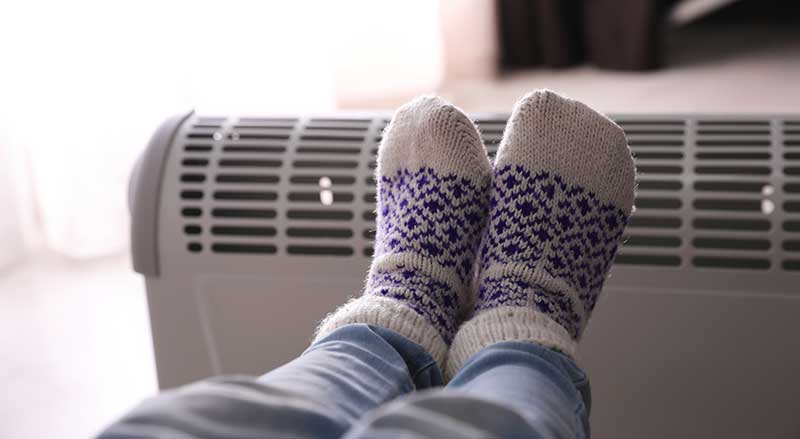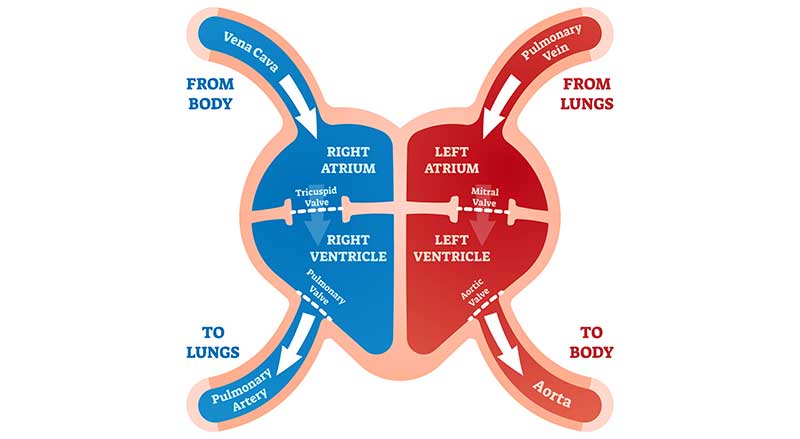Arteries and Veins – How they play a role
Patients often come to the office complaining of cold feet as a result of varicose vein disease. Unfortunately, varicose vein disease not only doesn’t present with cold feet, but often can represent a more serious diagnosis.
The circulatory, or vascular system, consists of arteries and veins. Arteries are thick, muscular vessels that carry oxygen-rich blood from the heart throughout the body. Veins are low pressure, capacity vessels that return the oxygen-depleted blood back to the lungs.
Blood is replenished with oxygen in the lungs. It is then sent to the heart to resend the oxygen-rich blood throughout the body by way of the arteries. This arterial to venous loop continues throughout a person’s life.
The question then remains as to why patients have cold feet if cold feet are not a symptom of varicose vein disease?
Nothing in the human body can be labeled as “simple”, but veins are simple when compared to their more sophisticated cousin, the artery.
Generally speaking, arteries deliver blood at a temperature of 98.6°F to the body. Blood cooler than this temperature is interpreted as cooler, or cold, by most people.
Basically, any factor that decreases the delivery of blood can result in cold feet. As the arteries deliver the blood to the feet, we must consider factors that slow the flow of blood to the feet.
Complicating this further, the feet are the “end of the line” for arterial circulation. That means the blood that flows to the feet and toes travels further from the heart than to any other part of the body.
Arteries are plagued by stenosis, or a narrowing of their diameter by atherosclerotic plaques. Stenosis occurs as a result of many insults with the primary culprits being hypertension, diabetes, smoking, and genetics.
In addition, small arteries, called arterioles, regulate the pressure of the blood that reaches all parts of the body.
Arterioles are found between the arteries and capillaries. Factors that cause the arterioles to constrict will decrease blood flow, and subsequent warmth, to the feet and toes.
Many factors contribute to decreased circulation to the feet and toes. These include medications and caffeine intake from coffee, tea, and chocolate. Hypothyroidism and other diseases such as lupus and Raynaud’s may also be a factor.
Most patients believe that their cold feet are a symptom of varicose vein disease. In reality, the arteries and arterioles are the culprit.
While the symptoms may often be managed by wearing warm socks, exercising, and avoiding caffeine or tobacco, persistent symptoms should always be evaluated by a patient’s primary care doctor.





